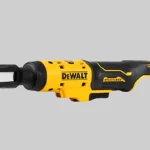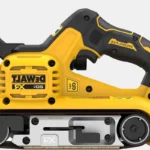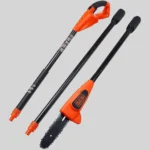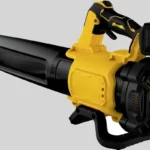Cordless drills are one of the most versatile tools you can own. Whether you’re a DIY enthusiast or a professional, this handy gadget can tackle a wide range of tasks. From hanging pictures to building furniture, a cordless drill is your go-to tool for making holes and driving screws with ease.
This guide will walk you through everything you need to know about using a cordless drill effectively and safely.
Understanding Your Cordless Drill
Before you start drilling, it’s essential to get to know your tool. A cordless drill has several parts and features that you’ll need to understand to use it effectively.
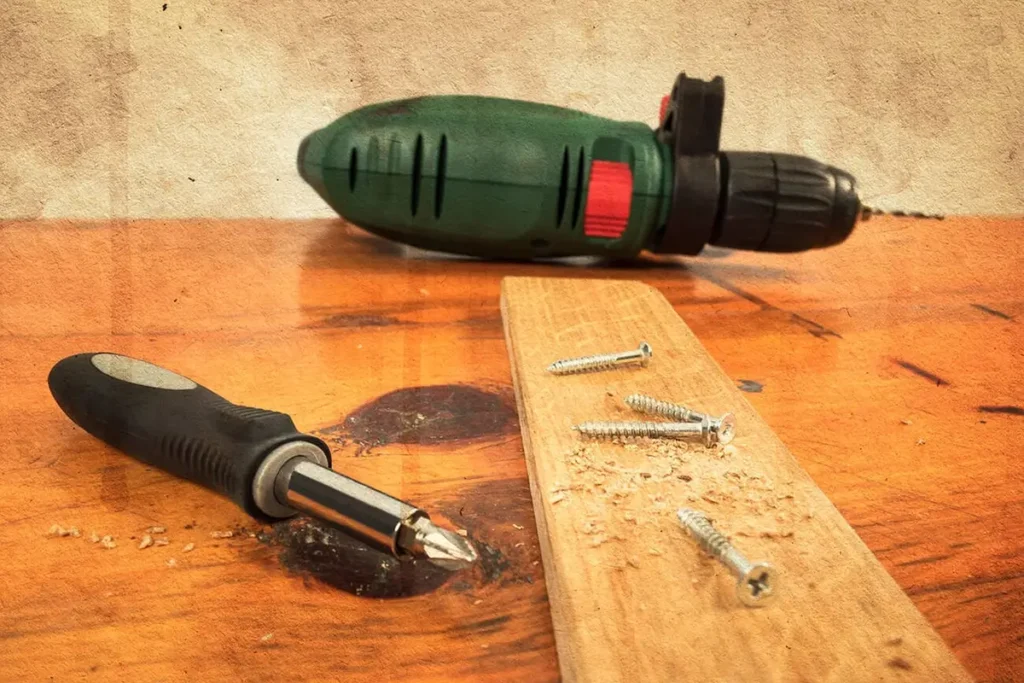
Components of a Cordless Drill
- Chuck: This is the part of the drill where you insert the drill bit. Most modern cordless drills have keyless chucks, meaning you can tighten and loosen them by hand.
- Battery: Cordless drills run on rechargeable batteries. They typically come in different voltages, affecting the drill’s power.
- Trigger: This is what you press to make the drill work. The harder you press, the faster the drill will spin.
- Gear Switch: This lets you change the speed and torque settings. Generally, lower speeds are used for driving screws, and higher speeds are used for drilling.
- Torque Adjustment Ring: This ring near the chuck lets you set how much torque (twisting force) the drill will apply.
- Forward/Reverse Control: This button or switch changes the drill’s direction. Use forward to drill and reverse to remove screws.
Types of Drill Bits
- Twist Bits: These are the most common and are used for general drilling in wood, metal, and plastic.
- Spade Bits: These are flat bits used for making large holes in wood.
- Masonry Bits: These are used for drilling into brick, stone, or concrete.
- Hole Saws: These are circular saws used for making large holes, often in wood or drywall.
Getting Started
Let’s prepare to use your cordless drill safely and effectively.
Safety Precautions
Safety first! Always wear protective gear like gloves and goggles. Clear your workspace to avoid tripping hazards. And yes, read the manual. It’s there for a reason.
Charging the Battery
A dead drill is no fun. Make sure to charge your battery fully before starting your project. Typically, batteries have indicator lights to show when they’re ready to go. Keep an extra battery on hand for larger projects.
Preparing for Drilling
Ready to drill? Here’s how to get started.
Selecting the Right Drill Bit
Match your bit to the material you’re working with. For example, use masonry bits for concrete and twist bits for wood and metal. Pick the right size to avoid damaging your workpiece.
Inserting and Securing the Drill Bit
Insert the bit into the chuck, then tighten the chuck by hand. Ensure it’s secure by giving the bit a gentle tug. You don’t want it flying out mid-drill.
Drilling Techniques
Now, let’s get to the fun part—drilling!
Drilling Holes
- Mark the Spot: Use a pencil or a punch to mark where you want to drill.
- Hold the Drill Correctly: Grip it firmly with both hands.
- Apply Steady Pressure: Let the drill do the work. Apply just enough pressure to keep it steady.
- Manage Speed and Torque: Start at a low speed, especially for hard materials. Adjust the torque setting to avoid stripping screws.
Driving Screws
- Select the Right Screw Bit: Match the bit to your screw head.
- Adjust Torque: Lower torque settings help avoid overdriving screws into soft materials.
- Drive Screws Steadily: Press the trigger gently and keep a steady hand. Don’t rush it.
Advanced Tips and Tricks
Once you’ve got the basics down, here are some tips to up your game.
Using Drill Attachments
- Mixing Paint: Attach a mixing paddle to stir paint or other liquids.
- Sanding: Use drum attachments for sanding surfaces.
- Polishing: Attach a buffing pad to polish metal or other materials.
Practical Applications
A cordless drill can handle a variety of projects, both indoors and out.
DIY Projects
- Building Furniture: From assembling flat-pack furniture to custom builds, your drill is essential.
- Installing Shelves: Secure brackets to walls with ease.
- Repairing Household Items: Fix loose screws, drill pilot holes, and more.
Outdoor Projects
- Garden Structures: Build trellises, raised beds, and more.
- Deck Maintenance: Drive screws, drill holes for new boards, or even mix concrete for posts.
Conclusion
Using a cordless drill isn’t rocket science, but a little know-how goes a long way. Whether you’re hanging a picture or building a deck, mastering this tool will make your projects easier and more enjoyable. Happy drilling, and don’t forget to share your experiences and tips in the comments below!

